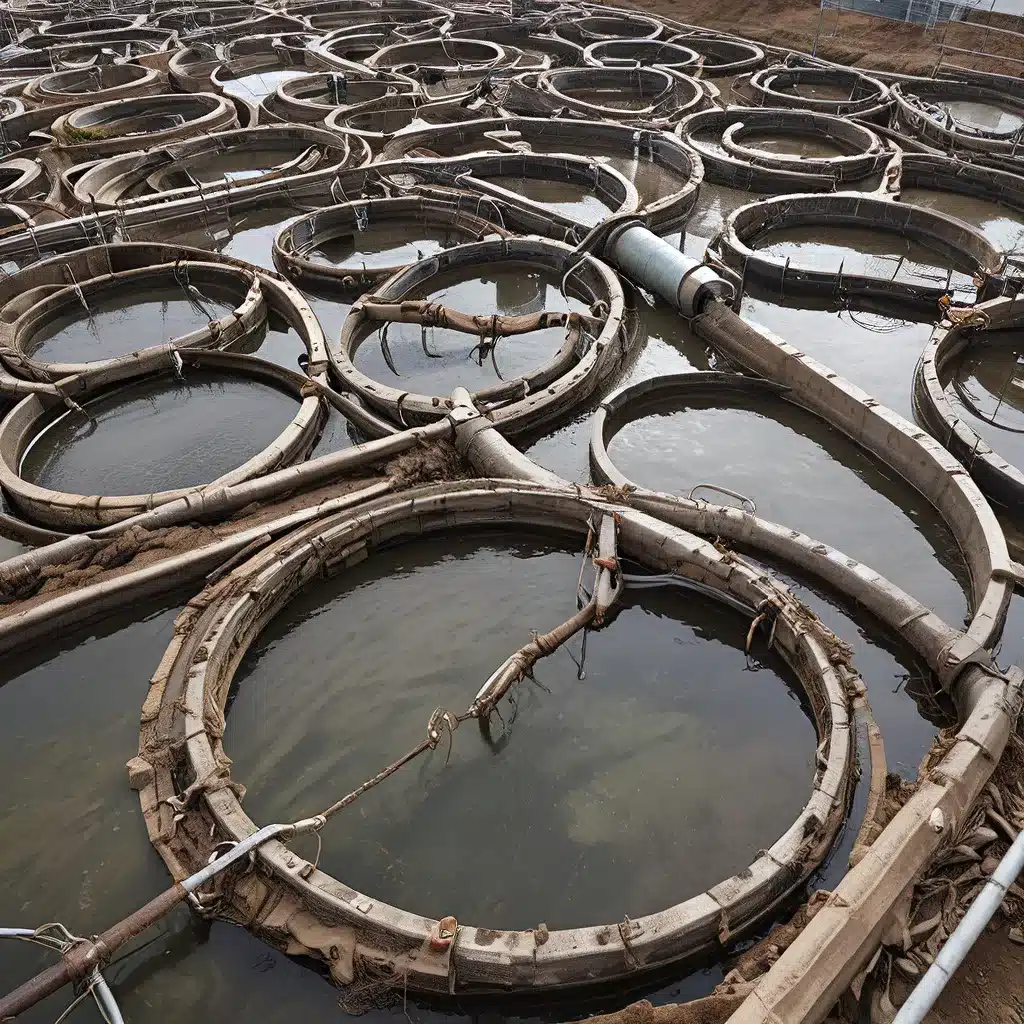
Unlocking the Potential of Wastewater: Resource Recovery and Circular Economy
Wastewater – that murky, often overlooked byproduct of our daily lives – holds a treasure trove of untapped potential. Gone are the days when we could simply flush it away and forget about it. Today, we’re unlocking the secrets of this liquid gold, transforming it from a mere waste product into a vital cog in the wheel of a sustainable, circular economy.
Wastewater: A Goldmine in Disguise
Picture this: every year, the global community discards enough wastewater to fill Lake Geneva in Switzerland – almost four times over! But wait, before you let that sink in, consider this: that wastewater is a veritable cornucopia of valuable resources, including nitrogen, phosphorus, and potassium – essential components of agricultural fertilizers. Recovering these nutrients is crucial for building a circular and sustainable economy.
Harnessing the Power of Wastewater
Wastewater is so much more than just a nuisance to be flushed away. In fact, it can be a powerful resource in its own right. Just think about it – the organic matter in wastewater, such as human waste, food scraps, and paper, can serve as a potent feedstock for a process called anaerobic digestion. This process produces biogas, a renewable source of energy that can be harnessed to generate electricity and heat, reducing our reliance on non-renewable energy sources and curbing greenhouse gas emissions.
But that’s not all! Wastewater also contains valuable nutrients like nitrogen and phosphorus, which can be reclaimed and repurposed as agricultural fertilizers. This not only reduces the demand for synthetic alternatives but also conserves natural resources, a particularly crucial consideration in regions where water scarcity is a pressing issue. After all, recovering these nutrients means we can rely less on water-intensive irrigation.
The Berliner Wasserbetriebes Schönerlinde sewage treatment plant in Germany is a prime example of this in action. This facility has developed a patented process for recovering phosphorus from its sewage, which is then sold under the brand name Berliner Pflanze to horticulture and agriculture producers in the surrounding areas. And that’s not all – the plant also generates its own power and heat from the biogas produced during the anaerobic digestion process, reducing its carbon footprint by up to 13,000 tons per year.
Closing the Loop: Wastewater as a Resource
But the potential of wastewater doesn’t stop at energy and nutrients. The purified water itself can be reclaimed and reused for non-potable functions like irrigation, industrial activities, and even toilet flushing. This not only conserves precious freshwater resources but also alleviates the demand, reducing the energy and costs associated with its transport and treatment.
And the list of recoverable resources doesn’t end there. Wastewater can also be a source of metals, cellulose, and even bioplastics – all valuable materials that can be repurposed for a wide range of applications. It’s like a never-ending treasure trove of possibilities, just waiting to be unlocked.
Wastewater and the Circular Economy
When we start to view wastewater as a resource rather than a waste product, it becomes clear that it has a crucial role to play in the transition to a circular economy. This holistic approach aims to minimize waste and maximize the value of resources by keeping them circulating for as long as possible.
By embracing circular economy principles, wastewater treatment plants can become hubs of sustainability, producing clean water while generating energy, nutrients, and even bio-based products. It’s a win-win scenario – not only for the environment but also for the economy.
Challenges and Opportunities
Of course, this transition to a circular wastewater economy is not without its challenges. Conventional wastewater treatment often relies on a linear approach, where water is cleaned and returned to the environment while byproducts are discarded. Shifting to a more circular mindset requires a fundamental rethinking of the entire system, from design to implementation.
But the rewards are well worth the effort. By focusing on resource recovery and waste reduction, we can significantly reduce the environmental impact of wastewater treatment while introducing new economic opportunities. It’s about unlocking the hidden potential of a resource that we’ve long taken for granted.
The Role of Technology and Innovation
Technology and innovation will be key to realizing the full potential of wastewater as a resource. Projects like DARROW, a European research initiative aimed at optimizing resource recovery from wastewater using artificial intelligence (AI), are paving the way for a more efficient and autonomous approach to wastewater treatment.
By training AI models on data from a multitude of sensors that monitor water quality and the treatment process, the DARROW team is developing tools that can provide real-time recommendations to plant operators, helping them optimize their decisions and improve the overall efficiency of the system. This not only reduces energy consumption and greenhouse gas emissions but also enhances the recovery of valuable resources.
Embracing the Circular Wastewater Future
As we look to the future, it’s clear that the way we manage our wastewater will be a critical component of building a sustainable, circular economy. By embracing the concept of resource recovery and shifting our mindset from “waste” to “treasure,” we can unlock a world of possibilities and create a more resilient, environmentally-conscious future.
At Inland Waters Inc., we’re at the forefront of this wastewater revolution, helping our clients unlock the full potential of this valuable resource. Through innovative technologies, cutting-edge research, and a steadfast commitment to sustainability, we’re transforming the way the world thinks about wastewater – one flush at a time.
So, the next time you hear the familiar sound of the toilet flushing, remember: it’s not just waste disappearing down the drain. It’s a world of opportunity, just waiting to be discovered.


